Key Takeaways
- Fleas and ticks can cause anemia, allergic reactions, and transmit serious diseases to pets.
- Fleas are small, reddish-brown insects that cause intense itching and quickly spread.
- Ticks latch onto pets outdoors, feed on their blood, and may transmit dangerous illnesses.
- Preventive care includes regular grooming, vet-recommended treatments, and maintaining a clean home.
- Professional pest control is advised for severe infestations to protect pets and household members.
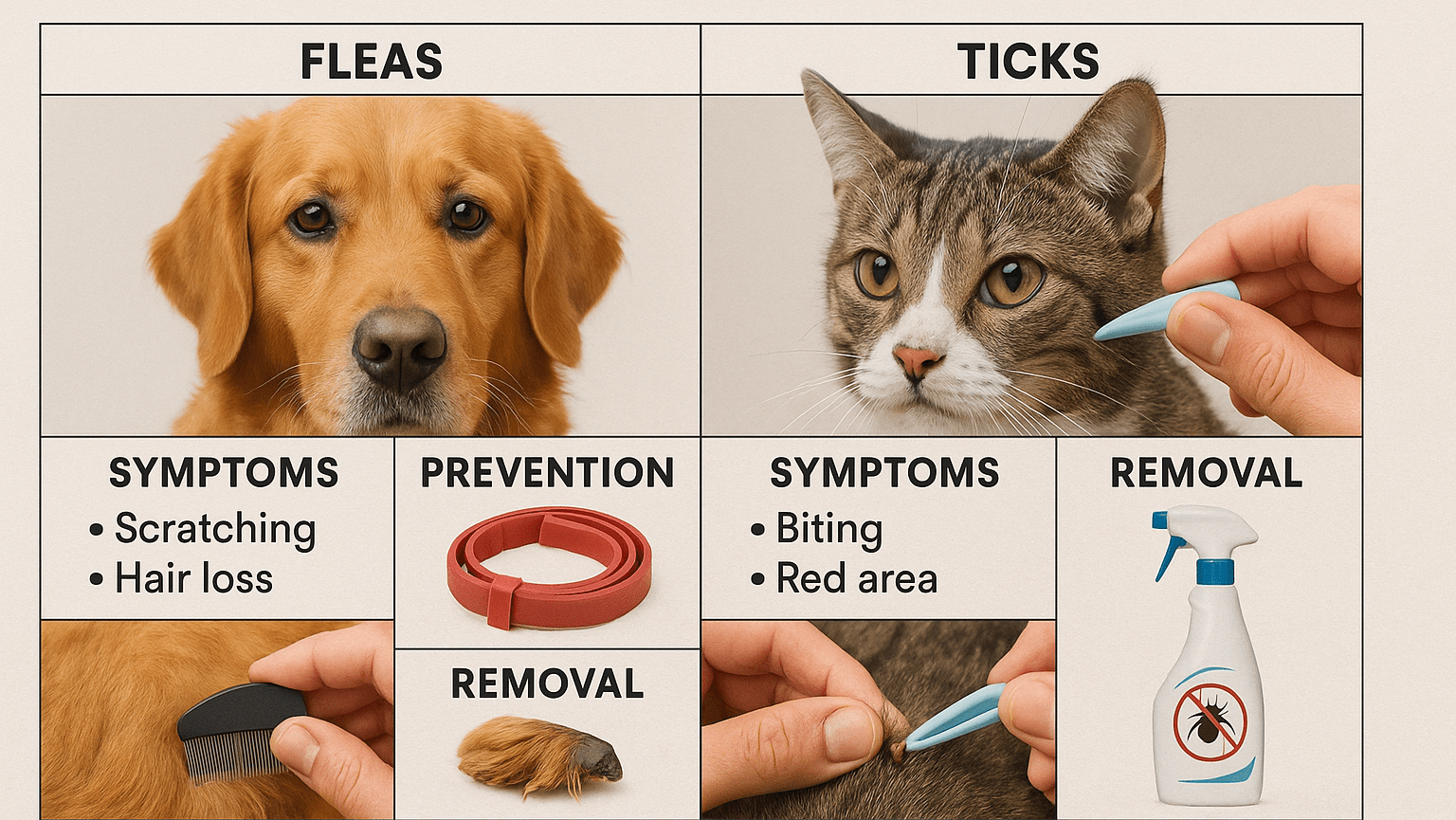 You know what? Fleas and ticks aren’t just a nuisance—they’re genuinely dangerous for your pets. Fleas are common pests that affect both dogs and cats, causing trouble and potential health problems. These tiny pests create problems far beyond simple itching. From severe allergies to serious diseases, fleas and ticks can cause real harm. These external parasites can transmit diseases and lead to long-term complications if left untreated.
This article acts as a comprehensive guide explaining the risks fleas and ticks pose to dogs and cats, how to identify infestations, potential health dangers, and effective prevention and treatment strategies. It also highlights why professional pest control services might be necessary to protect your pets and home.
Concerned your pets might be dealing with fleas or ticks? Schedule your Free Pest Inspection today! Our experts can quickly identify and tackle infestations, keeping your furry friends healthy and your home pest-free.
You know what? Fleas and ticks aren’t just a nuisance—they’re genuinely dangerous for your pets. Fleas are common pests that affect both dogs and cats, causing trouble and potential health problems. These tiny pests create problems far beyond simple itching. From severe allergies to serious diseases, fleas and ticks can cause real harm. These external parasites can transmit diseases and lead to long-term complications if left untreated.
This article acts as a comprehensive guide explaining the risks fleas and ticks pose to dogs and cats, how to identify infestations, potential health dangers, and effective prevention and treatment strategies. It also highlights why professional pest control services might be necessary to protect your pets and home.
Concerned your pets might be dealing with fleas or ticks? Schedule your Free Pest Inspection today! Our experts can quickly identify and tackle infestations, keeping your furry friends healthy and your home pest-free.
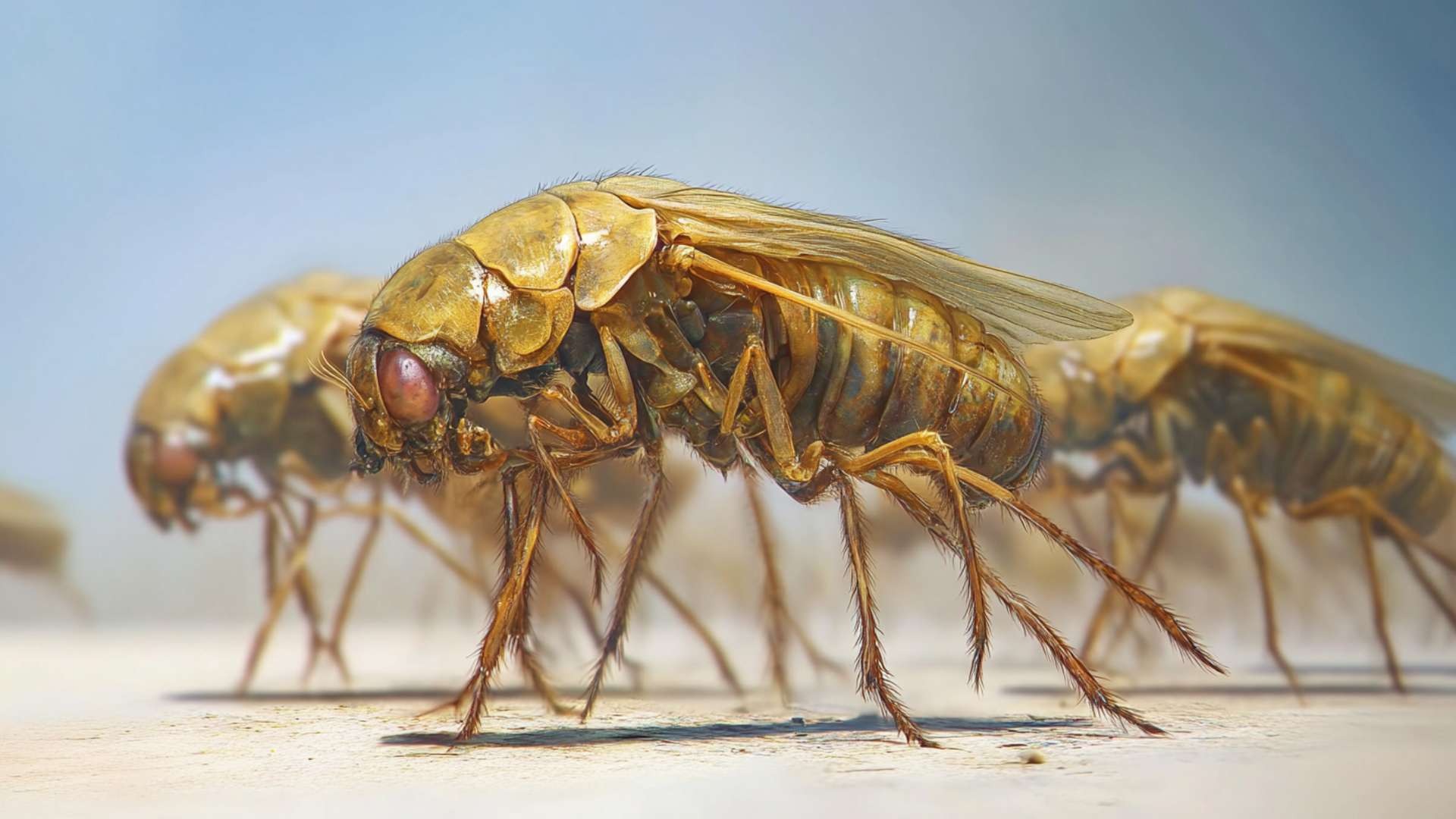

Not getting a solution?
Get your free pest control estimate today!Why Should You Care About Fleas and Ticks?
If you think fleas and ticks only cause a bit of itching, think again. They’re tiny vampires feeding on your pets, creating health nightmares. Blood Loss and Anemia Imagine dozens of tiny insects feeding on your pet’s blood—sounds horrifying, doesn’t it? Heavy infestations drain enough blood to cause anemia, particularly in puppies, kittens, or smaller animals. Signs include pale gums, weakness, and lack of energy. Skin Irritations and Allergies Flea bites frequently trigger flea allergy dermatitis (FAD). Basically, your pet’s skin becomes inflamed and unbearably itchy. Dogs and cats might scratch or bite themselves excessively, causing hair loss and skin infections. It’s heartbreaking to see pets suffering like this.Dangerous Diseases
- These pests also carry diseases—some genuinely frightening. Have you ever heard of Lyme disease or Rocky Mountain spotted fever? Fleas and ticks can transmit these and more:
-
Lyme Disease: Primarily affects dogs, leading to joint swelling, fever, and limping—transmitted by infected ticks.
-
Rocky Mountain Spotted Fever: A potentially life-threatening illness that causes severe fever and joint pain—spread by ticks.
-
Cytauxzoonosis: A fatal disease in cats caused by tick bites, with symptoms like high fever, lethargy, and difficulty breathing.
-
Tapeworms: Fleas can carry tapeworm eggs, which infect pets when fleas are accidentally ingested during grooming.
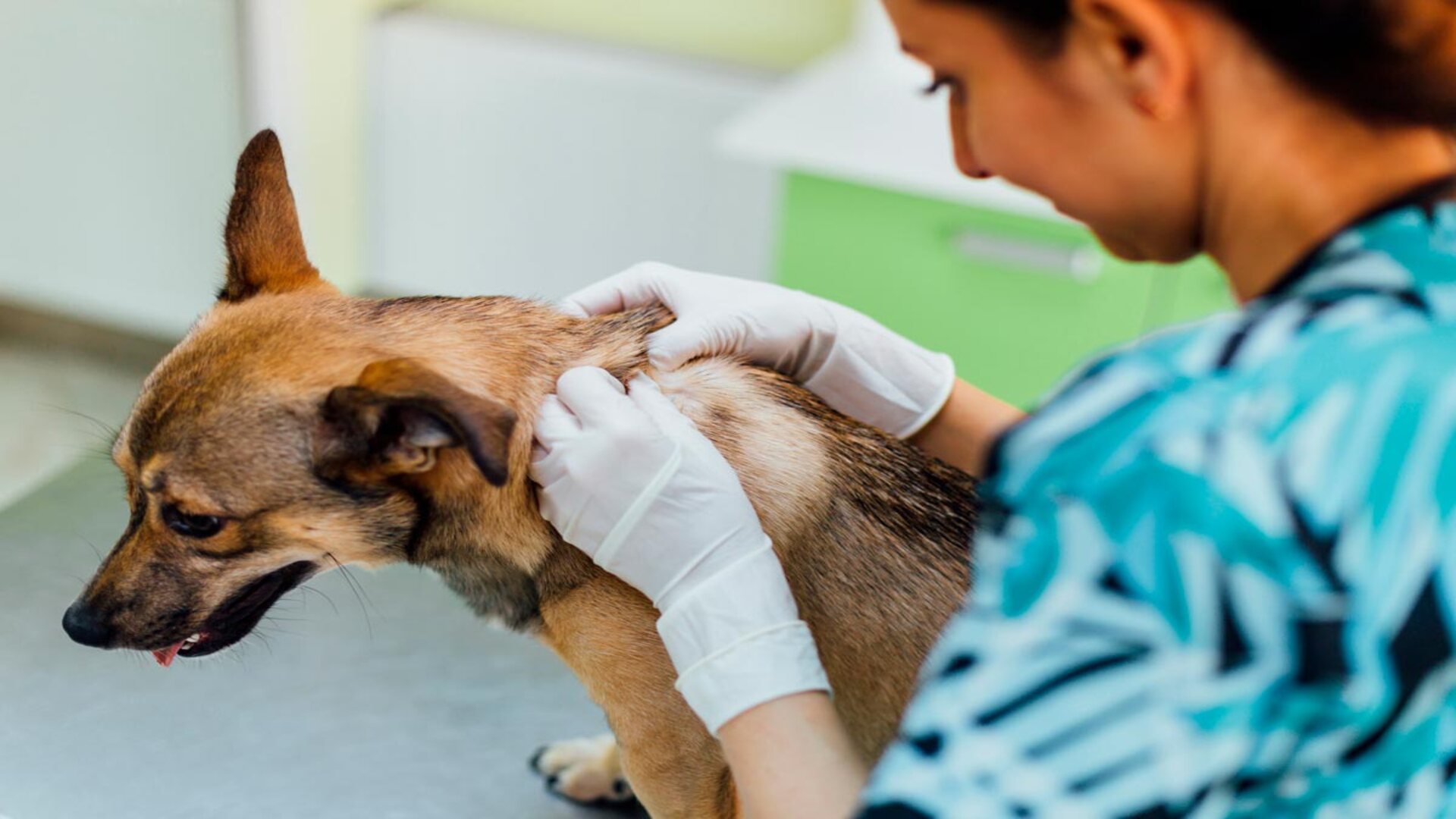 Fleas on dogs are small, wingless insects about 1/8 inch long, typically brown or reddish-brown. They are fast-moving and can be difficult to spot. Fleas tend to congregate in specific areas on dogs:
Fleas on dogs are small, wingless insects about 1/8 inch long, typically brown or reddish-brown. They are fast-moving and can be difficult to spot. Fleas tend to congregate in specific areas on dogs:
Signs of Fleas on Dogs
-
Neck: Fleas often cluster around the neck, where they can feed undisturbed.
-
Tail Base: This is a common hiding spot as it’s warm and protected, making it ideal for fleas to thrive.
-
Lower Back: Fleas frequently gather here due to the dense fur and easy access to the skin.
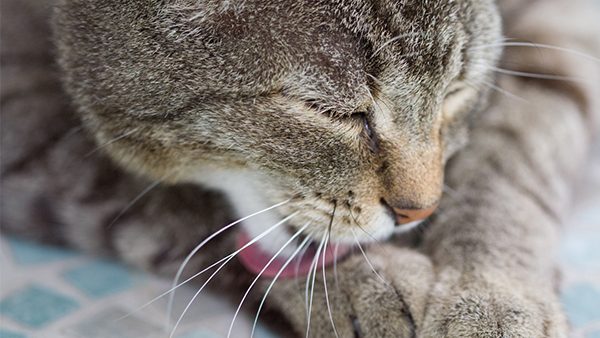
Signs of Fleas on Cats
-
Scratching and Itching: Cats often scratch persistently in response to flea bites, particularly around the neck and base of the tail.
-
Presence of Flea Dirt in the Fur: Flea dirt appears as tiny black specks on the cat’s skin or fur. When moistened, these specks turn red, indicating they contain digested blood.
-
Frequent, Aggressive Grooming: Cats may groom excessively to relieve the irritation caused by flea bites, often making the fleas harder to see.
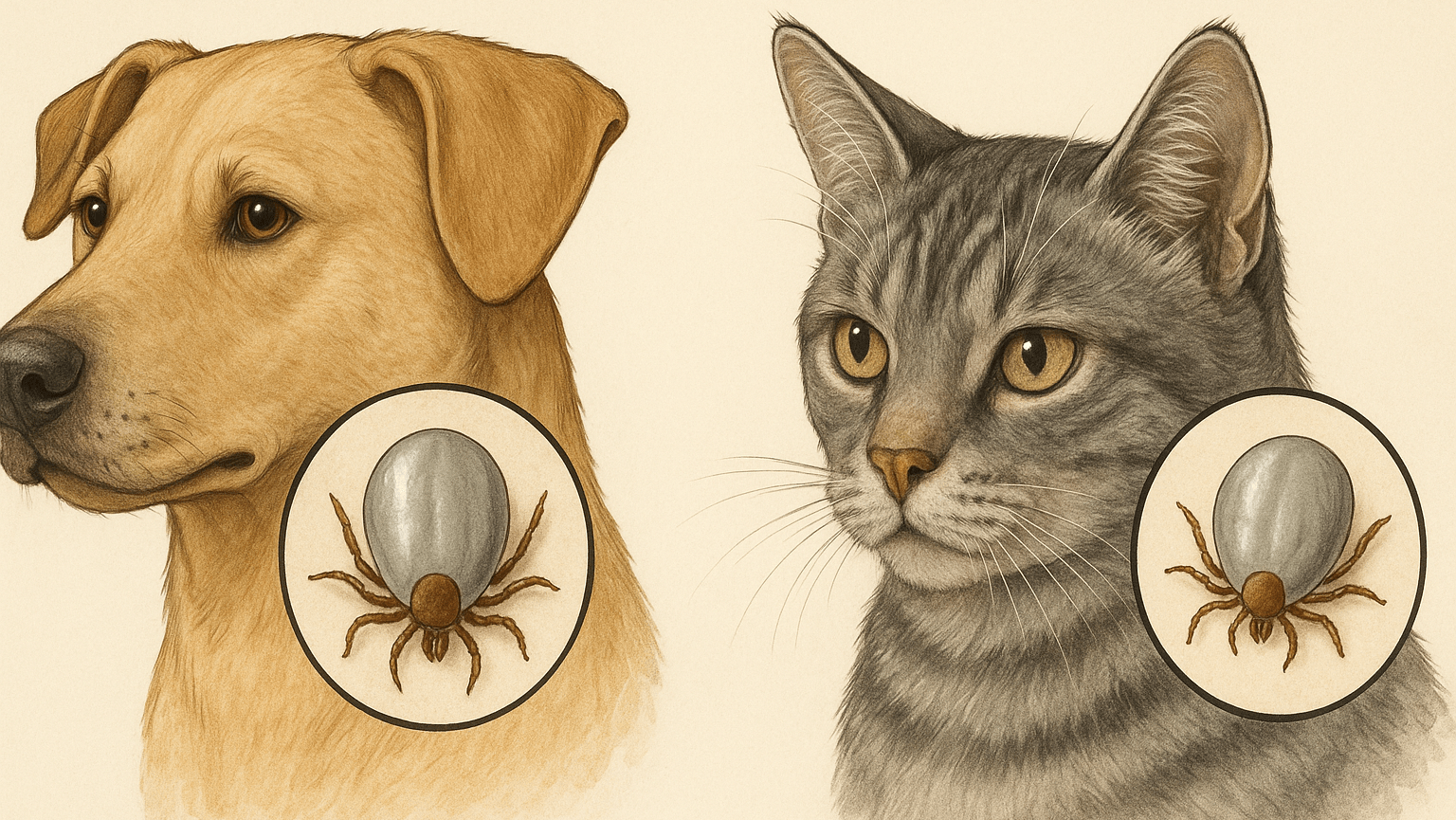
What Do Ticks Look Like on Dogs and Cats?
Ticks are small parasites, often appearing as tiny, round or oval-shaped bumps attached to your pet’s skin. Before feeding, they’re typically flat, brownish, and about the size of a sesame seed, making them challenging to spot through your pet’s fur. However, after feeding, ticks become engorged and swell into a grayish or dark brown, grape-like shape, making them easier to detect. On dogs and cats, ticks commonly latch onto warm, hidden spots such as between toes, inside ears, under collars, or around the neck and head. Regularly running your fingers through your pet’s fur, especially after outdoor activities, can help you detect these unwanted guests. If you feel a small bump or spot something unusual, take a closer look—quick identification and removal protect your pets from dangerous tick-borne diseases.How Do Dogs and Cats Get Fleas?
Dogs get fleas through direct contact with infested animals or environments. Fleas are highly mobile and can jump from one host to another with ease. Common sources include encounters with other infested animals, exposure to outdoor areas like parks and yards, or time spent in kennels or grooming facilities. Once fleas latch onto a dog, they begin to reproduce rapidly, which can quickly convert the invasion into a full-blown infestation if not addressed promptly. Cats acquire fleas through contact with infested animals or contaminated environments. Fleas can jump onto cats from wild animals, other pets, or even from shoes, clothing, or bedding brought indoors. Even indoor-only cats are at risk if fleas are carried into the home, making them vulnerable to infestations despite limited exposure to the outdoors.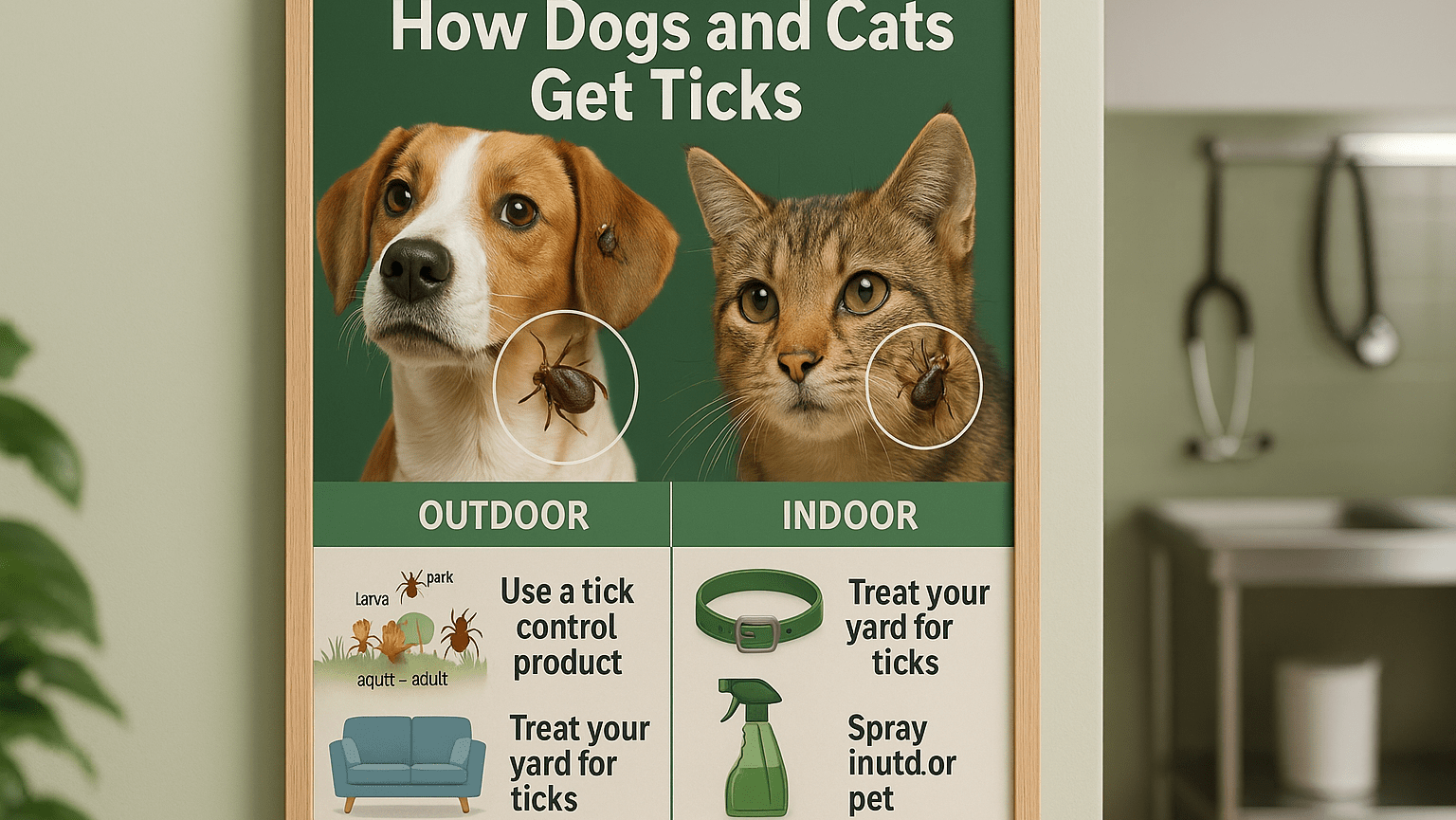
How Do Dogs and Cats Get Ticks?
Ticks typically latch onto dogs and cats when pets spend time outdoors, especially in areas with tall grasses, bushes, wooded trails, or dense vegetation. Unlike fleas, ticks don’t jump or fly—instead, they “quest,” climbing up grass or plants and waiting patiently with legs extended to grab onto passing animals. Pets exploring these areas inadvertently brush against ticks, allowing these parasites to attach and feed. Even indoor-only pets aren’t entirely safe, as ticks can hitch rides indoors on human clothing or shoes. Regularly checking your pet after outdoor activities, maintaining your yard, and using veterinarian-approved preventive treatments are effective ways to reduce tick exposure and keep your pets safe.| Disease | Parasite | Dogs | Cats | Key Symptoms |
|---|---|---|---|---|
| Flea Allergy Dermatitis | Fleas | ✔️ | ✔️ | Severe itching, redness, hair loss |
| Anemia | Fleas/Ticks | ✔️ | ✔️ | Pale gums, weakness, lethargy |
| Tapeworms | Fleas | ✔️ | ✔️ | Worm segments visible in feces |
| Lyme Disease | Ticks | ✔️ | Rare | Joint swelling, fever, limping |
| Rocky Mountain Spotted Fever | Ticks | ✔️ | Rare | High fever, joint pain, bruising |
| Cytauxzoonosis | Ticks | ❌ | ✔️ | High fever, trouble breathing, lethargy |
| Bartonella (Cat Scratch Fever) | Fleas | ✔️ | ✔️ | Mild fever, swollen lymph nodes |
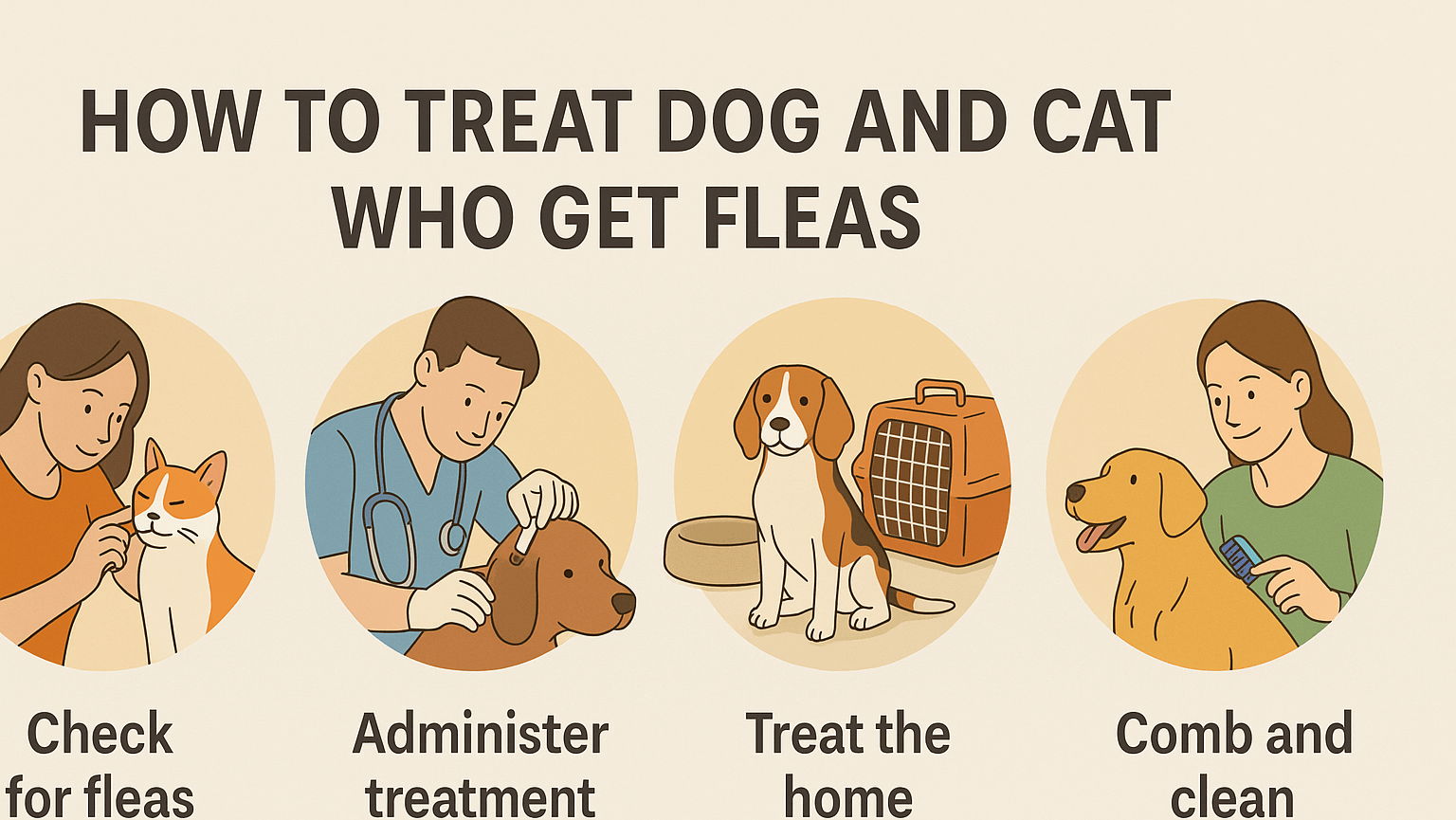
How to Treat Fleas on Dogs and Cats?
Treating fleas on dogs and cats requires a comprehensive approach. For dogs, start by using a flea comb to remove as many fleas as possible. Then, consider using a veterinarian-recommended flea treatment, such as topical treatments, oral medications, or flea shampoos. Regularly washing your dog’s bedding and vacuuming your home can help getting rid of fleas and their eggs. For cats, use a flea comb to remove fleas and apply a cat-specific flea treatment, as some dog flea treatments can be harmful to cats. Ensure your cat’s environment is clean by washing bedding and vacuuming frequently. It’s also important to treat any other pets in the household to prevent the fleas from spreading.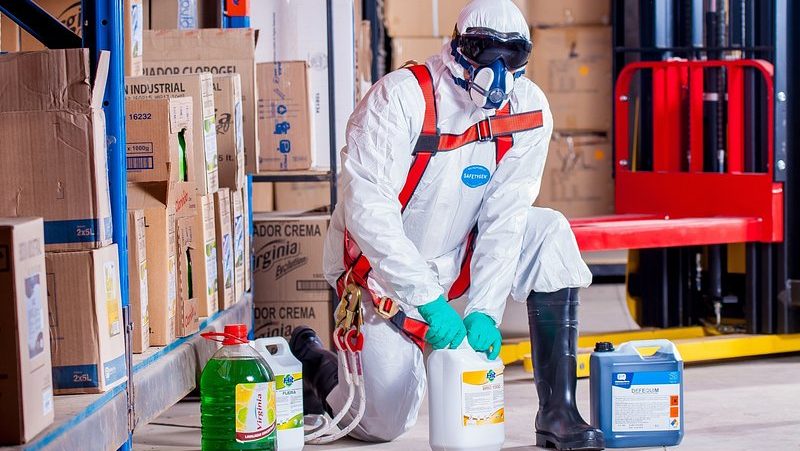
How to Treat Ticks on Dogs and Cats
- If you find a tick on your dog or cat, it’s essential to remove it promptly and safely to reduce the risk of disease. Here’s how:
-
Use Fine-Tipped Tweezers: Grasp the tick close to your pet’s skin, being careful not to squeeze the tick’s body to prevent the spread of pathogens.
-
Steady Removal: Pull upward slowly and steadily with even pressure—avoid twisting to prevent leaving mouthparts embedded.
-
Clean Thoroughly: Disinfect the bite area with antiseptic wipes, rubbing alcohol, or soap and water to prevent infection.
-
Dispose Properly: Drop the tick in rubbing alcohol, seal it in a plastic bag, or flush it down the toilet to ensure it doesn’t reattach or spread disease.
How to Prevent a Flea And Ticks Infestation?
Preventing fleas naturally is essential for keeping your pets safe and comfortable. Here are some effective measures:Natural Flea Prevention Tips
-
Continuous Preventive Care: Fleas and ticks don’t have an off-season, so your prevention shouldn’t either. Use vet-approved treatments designed specifically for dogs or cats—never mix products.
-
Regular Grooming: Brush frequently and groom pets regularly with flea combs to detect and remove fleas early especially after being outdoors. Regularly feeling your pet’s skin helps spot ticks early, greatly reducing health risks.
-
Essential Oil Repellents: Use diluted essential oils like cedarwood or lavender as natural repellents after consulting a vet.
-
Frequent Cleaning: Regularly vacuum carpets, rugs, furniture, and crevices frequently, and wash pet bedding in hot water. Maintain your yard by mowing the grass and trimming shrubs—making it less inviting for parasites.
-
Post-Outdoor Checks: Inspect pets for fleas after outdoor activities, especially behind the ears, under the legs, and around the tail.
-
Consult Professionals: If infestations become severe or your pet looks ill, immediately consult your vet. Professional guidance and treatment are crucial.





